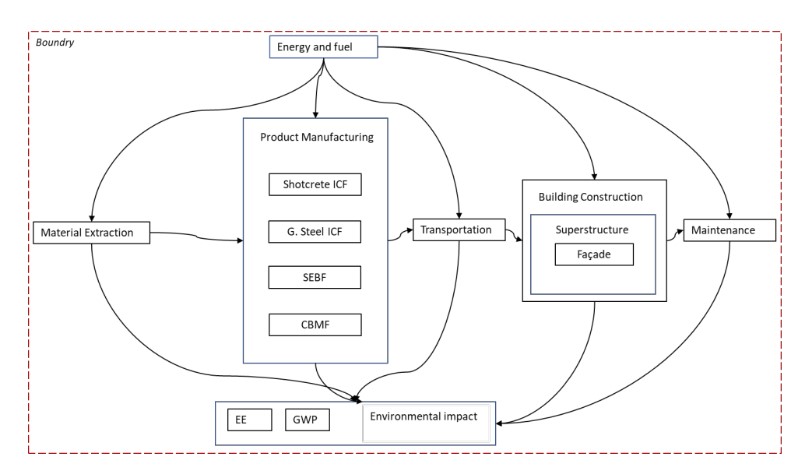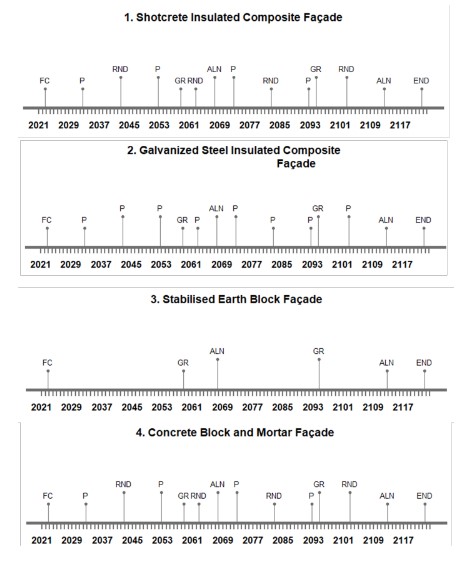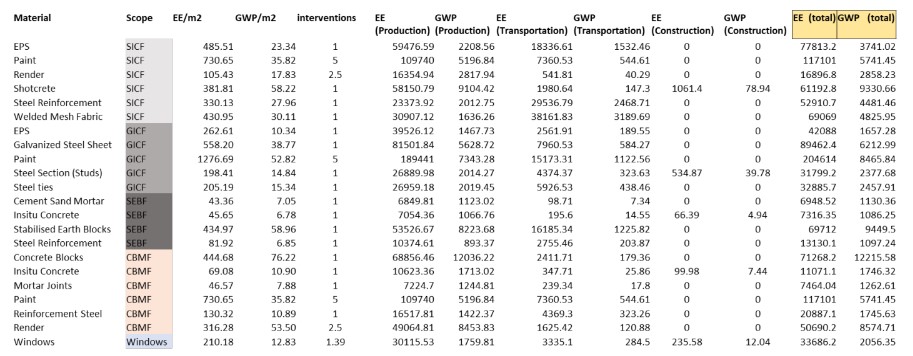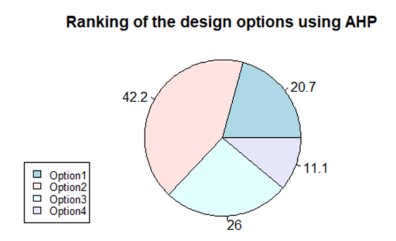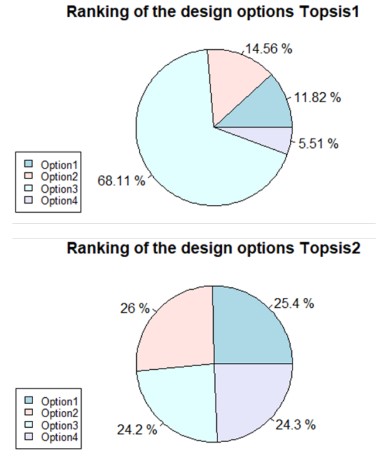Risk Based Assessment
This project aims to comprehensively cover the risk-based assessment of a community building systems’ condition. More specifically, under the building domain and with respect to real-life inspection data, it includes building deterioration model development, failure analysis (fault tree), and value of information analysis. The system chosen is a community building, namely, a hotel building that it’s superstructure is steel structure and the foundation is reinforced concrete footing.
The below table represents the possible states of the building during its lifetime:
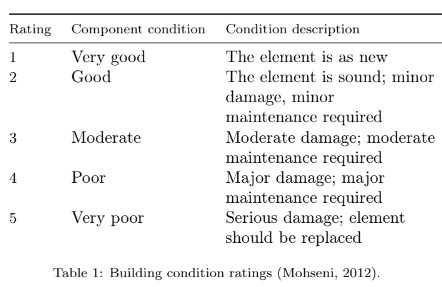
LCA & MCDA
The aim of this study is to evaluate and compare the environmental performance of four different façade systems throughout their life cycle and to identify the design option that is most environmentally friendly. The LCA and LCI were used to understand the environmental impacts of the given design options life cycle within the defined system boundary fig. 1, the AHP was used to evaluate and compare the design options based on a set of environmental criteria, and the TOPSIS was used to identify the best design option among the alternatives.
The below figure represents the scope and the boundaries of the assessment:
The below figure represents different design options for the façade system:
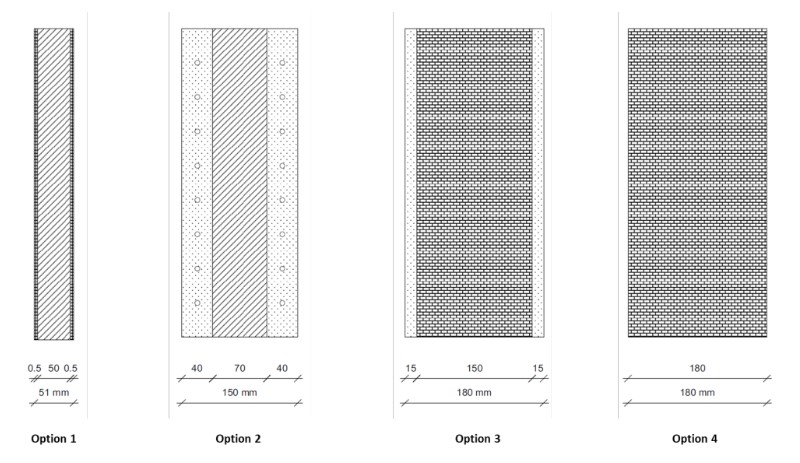
Life Cycle Timeline: The lifetime of the building is kept the same, 100 years. The maintenance plan for the given design alternative can be seen as interventions in the figure below:
Life Cycle Inventory: The EE and GWP data on each element that corresponds to the design alternative were collected from Ansah et al. (2019), which are categorized in 3 columns that represent life-cycle phases of the materials (production, transportation, construction) that comply within the boundaries of this study. These data were summed up into EE (total) and GWP (total). Consequently, façade area of 160m2 was used calculate the EE/m2 and GWP/m2 by dividing the EE (total) and GWP (total) on the right-end of the table in the below figure. Based on the LCA results provided, Option 1 has the highest Embodied Energy (EE) at 1404471 MJ, followed by Option 2 at 1925242 MJ. Option 3 has the lowest EE at 157394 MJ, and Option 4 has an EE of 1300795 MJ. In terms of Global Warming Potential (GWP), Option
4 has the highest GWP at 105997.39 kgCO2e, followed by Option 1 at 92004.82 kgCO2e. Option 2 has the second lowest GWP at 86968.68 kgCO2e and Option 3 has the lowest GWP at 20376.29 kgCO2e.
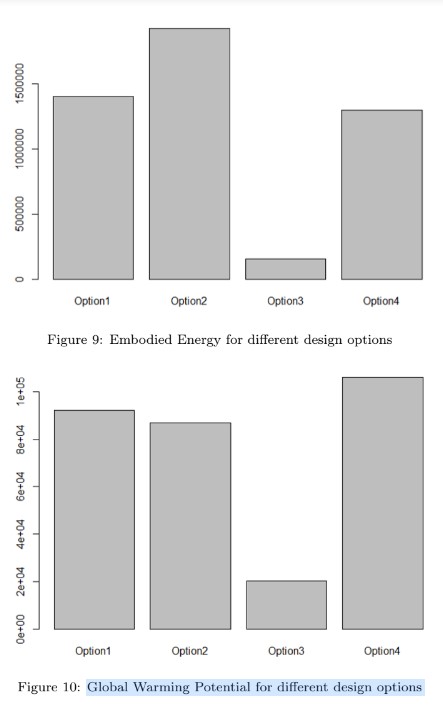
MCDA:
References:
[1] Ansah, M., Chen, X., Yang, H., Lu, L., Lam, P., 2019. An integrated life cycle assessment of different façade systems for a typical residential building in ghana. Sustainable Cities and Society 53, 101974. doi:10.1016/j.scs.2019.101974.
[2] Cavusoglu, E., 2022. Risk-based assessment of systems condition, pp. 1–6.
[3] CSE, 2022. Life-cycle analysis and multi-criteria decision analysis, pp. 1–25.
[4] Hammond, G., Jones, C., 2011. Inventory of Carbon and Energy (ICE) Version 2.0. URL: https://www.bsria.com/doc/rjREwr.
Other Systems:
